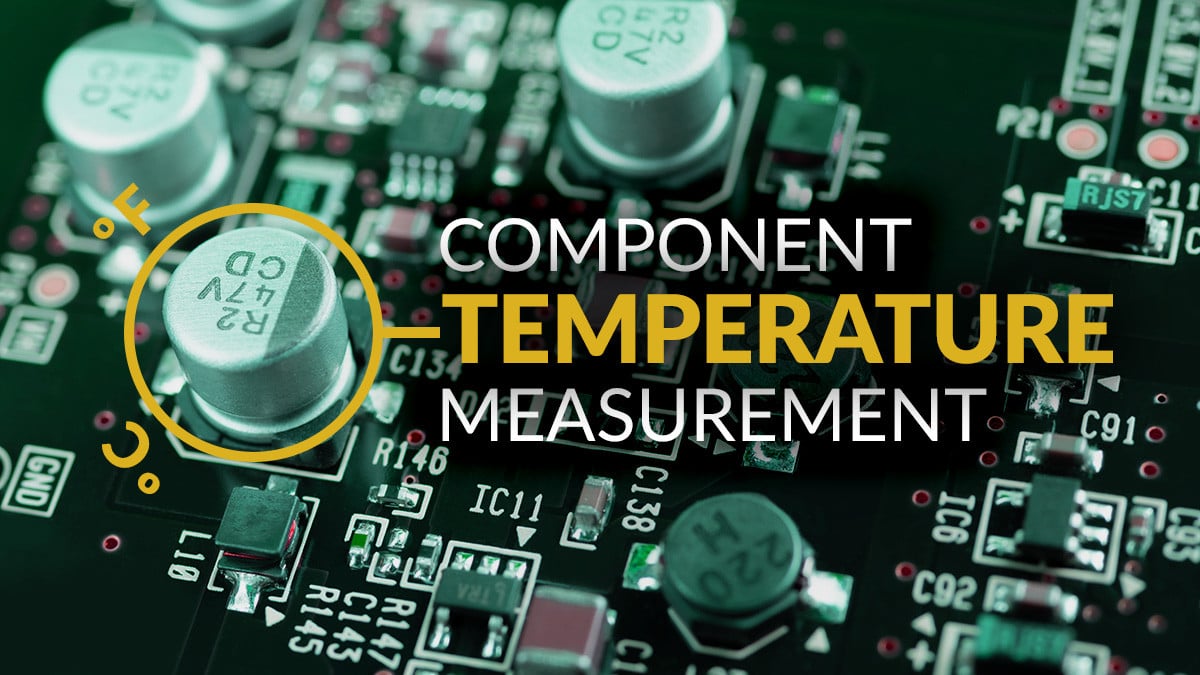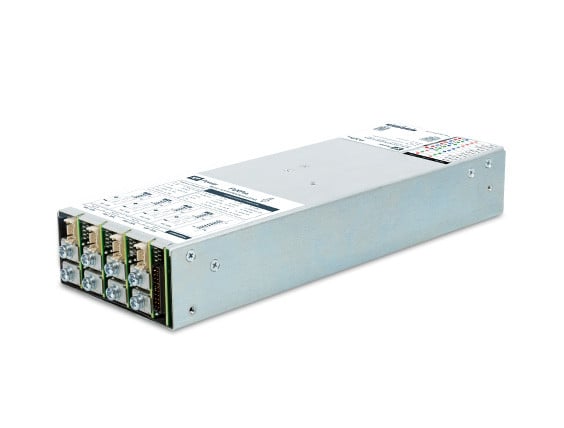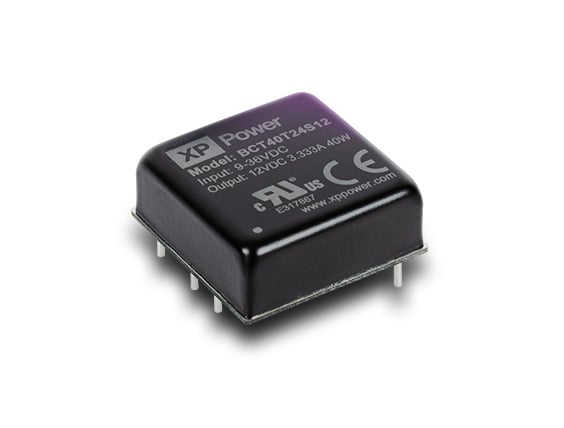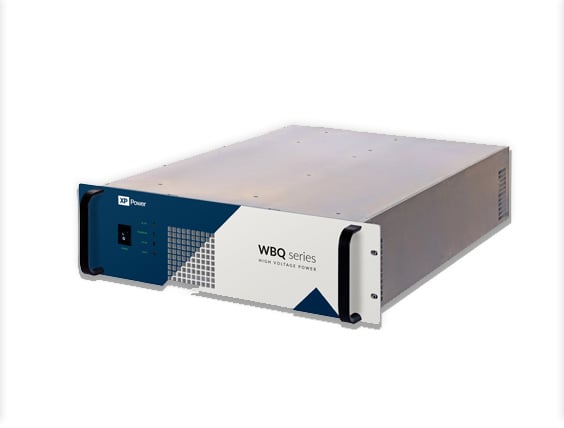
Measuring component temperatures is crucial for ensuring the reliability and performance of electronic devices and systems.
Overview:
- Temperature measurement can be accomplished using two primary methods: thermocouples and optical techniques.
- Thermocouples have several potential pitfalls you should be aware of.
- Proper attachment of thermocouples to the device under test (DUT) is essential for accuracy.
- Optical methods offer quick hotspot identification but may suffer from accuracy issues.
Our concise blog discusses how accurate temperature data helps prevent overheating, optimizes operation, and extends the lifespan of components, ultimately enhancing the overall functionality and safety of electronic equipment.
Challenges with thermocouple temperature measurement
Thermocouples are accurate within ± 1 °C but you should be aware of the following potential pitfalls when using them for temperature measurement:
- They may pick up electrical noise.
- They are relative (meaning that they need to be calibrated to a “cold junction”).
- The wires of the thermocouple or disc-type thermocouples may make the device being measured considerably colder.
- The wires of the thermocouples may obstruct or disturb the airstream.
The different types of thermocouples and attachment methods
Thermocouples come in several different types. Type K, N, and T are applicable for different temperature ranges being measured. When using thermocouples, it is important to attach the thermocouple tightly to the DUT (device under test). Using clips or similar methods to attach the thermocouple is not adequate as this will not provide enough contact to the DUT and the clip itself will cool the DUT. Gluing or soldering the thermocouple is the recommended attachment method as using tape is tricky.
How to attach the thermocouple to the DUT
Optimal thermocouple attachment
It is important to only use a minimal amount of attachment material when affixing the thermocouple to the DUT. The thermocouple should also be in good thermal contact with the DUT with a small amount of the glue or solder in place between the DUT surface and the thermocouple. It is also important that the wires are thin, especially if the thermocouple is attached to a small component and particularly if this component has thin pins and/or several pins.
Selecting electrical attachment points
The thermocouples should be attached to electrically “quiet” points, preferably terminals or measuring points where the voltage is (AC-) ground and switching points should be avoided. The wires from the thermocouples must be kept away from switching points and magnetic components (especially gapped magnetics) as they may pick up noise.
Ensuring proper electrical isolation
It is important for all electrical methods when measuring simultaneously on two or more points to use equipment with proper isolation so that the points will not be short circuit to each other.
Optical thermal measuring using IR cameras
IR cameras are often used to quickly locate the hotspots. Due to varying emissivity of different components, the accuracy of these cameras is poor, and it is not possible to measure directly on metal surfaces. These surfaces must be painted in some way which will affect the temperature of the DUT.
Using IR thermometers to determine temperature
You may well experience the issues described above when using IR thermometers. In addition, measuring shadowed components is also problematic. Bear in mind that the top surface of the DUT may not have well-specified thermal impedance to the junction. It is not recommended that IR thermometers or cameras are used for final temperature measurements.
Summary
Both thermocouples and optical methods have their strengths and limitations, and their suitability for specific applications should be considered. Whilst thermocouples offer precision within ±1°C, their use involves potential challenges and proper attachment techniques are essential for accurate readings.
On the other hand, optical methods, including IR cameras and thermometers, are effective for quickly identifying hotspots, but their accuracy can be compromised due to varying emissivity of components and the requirement to paint metal surfaces for temperature assessment.
Please feel free to contact us for more information regarding our industry-leading solutions for your power supply challenges.








